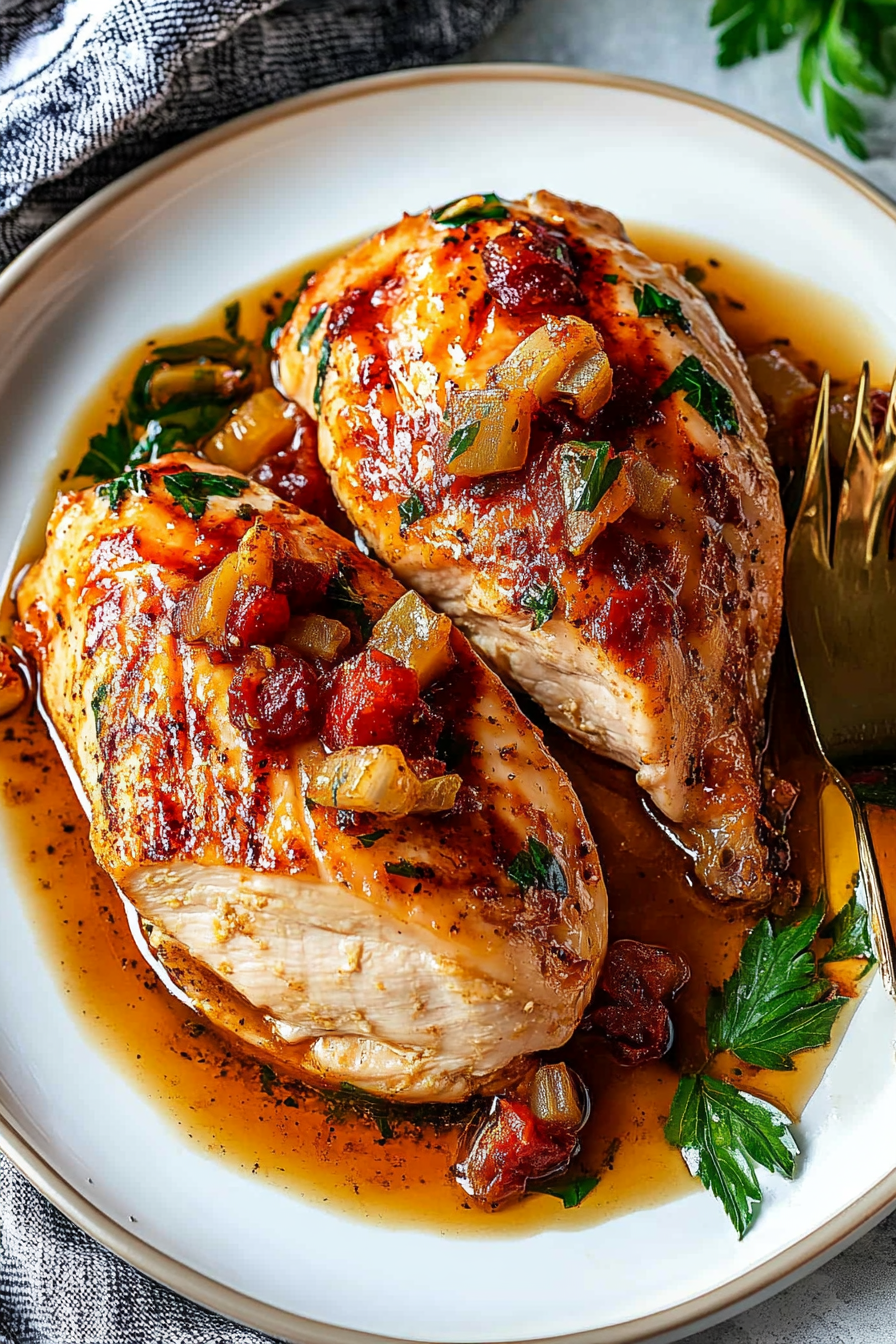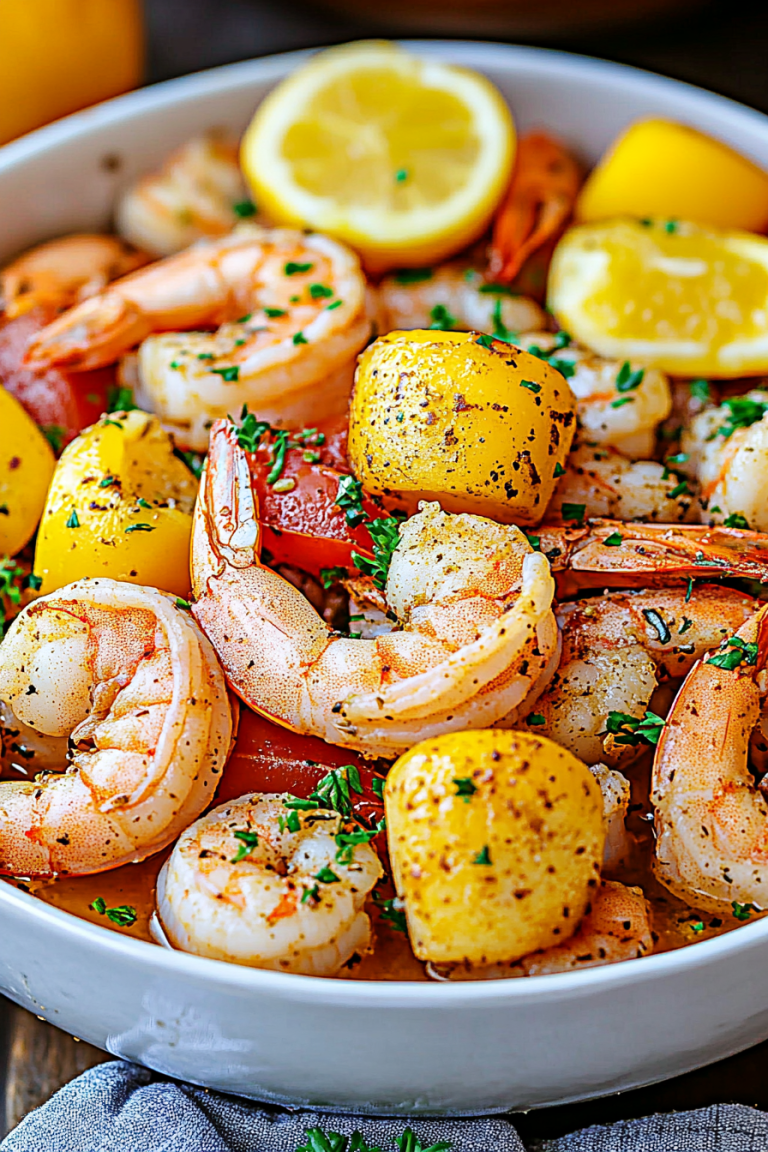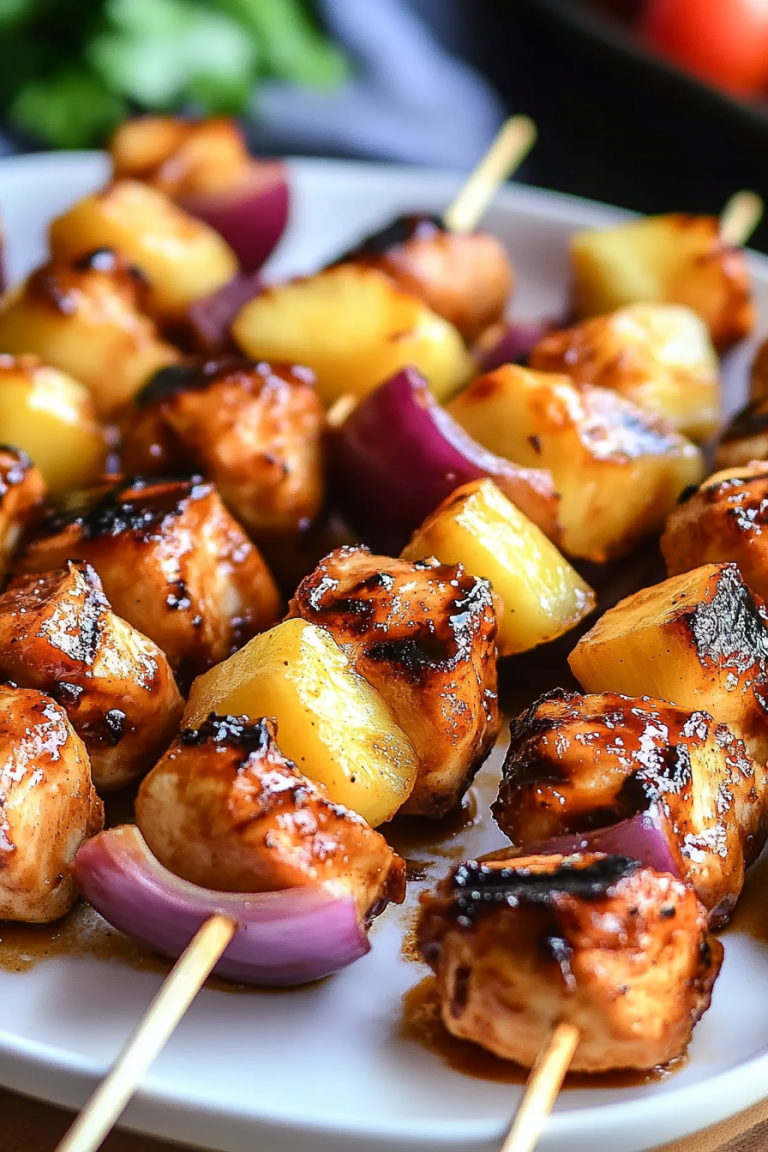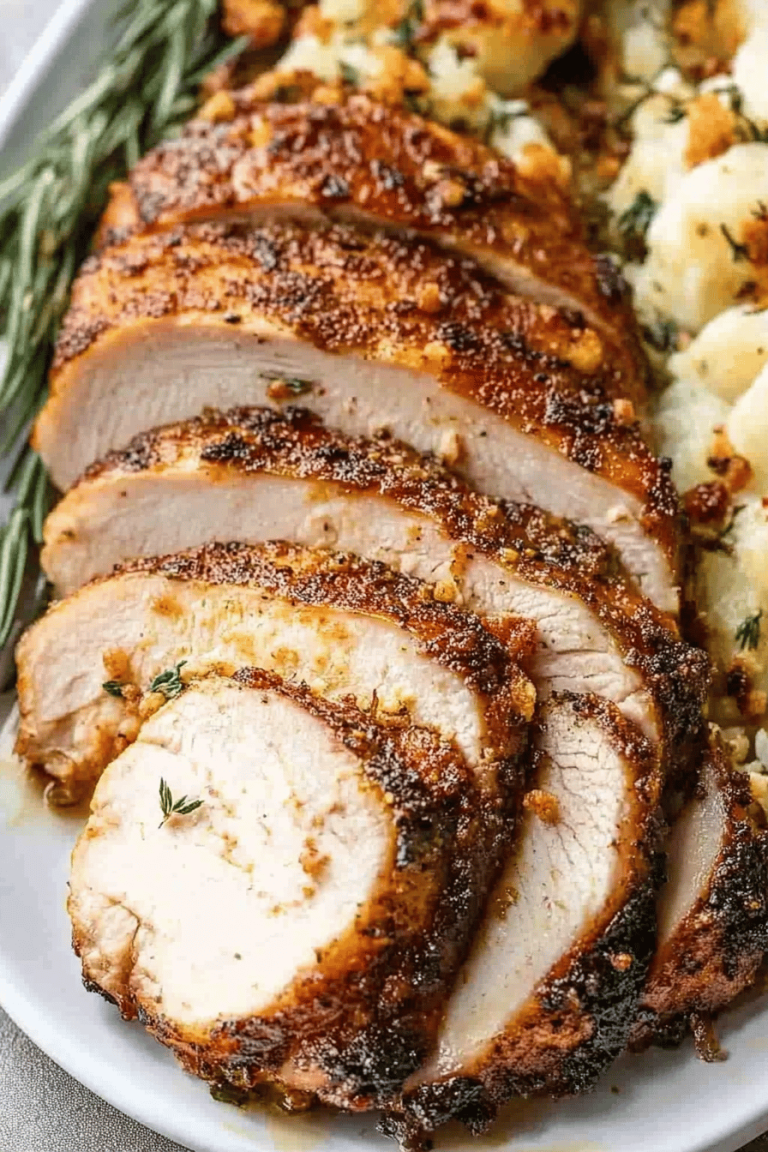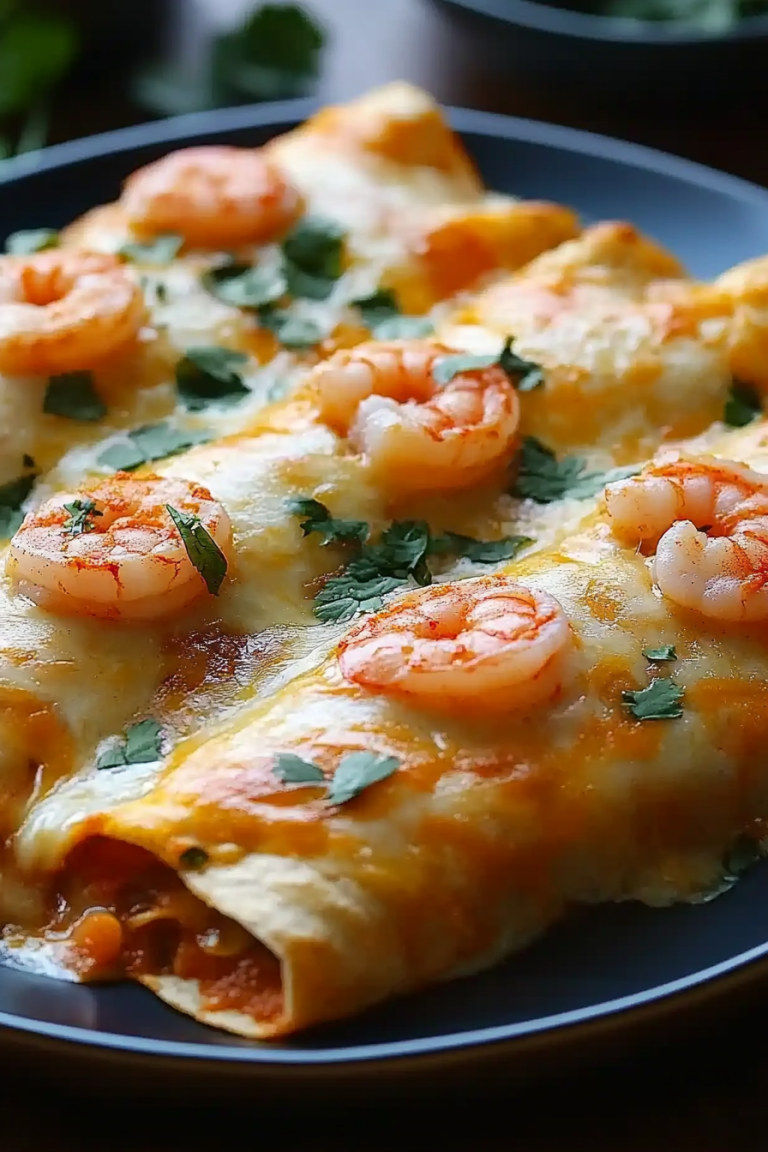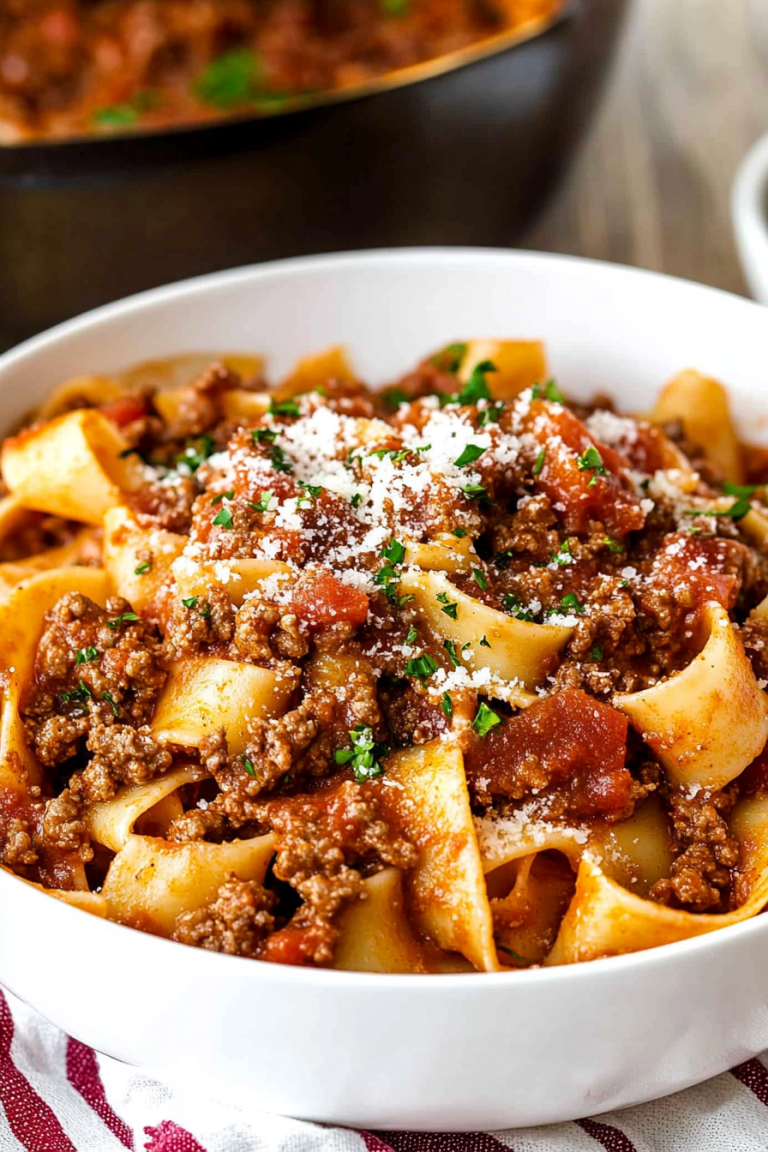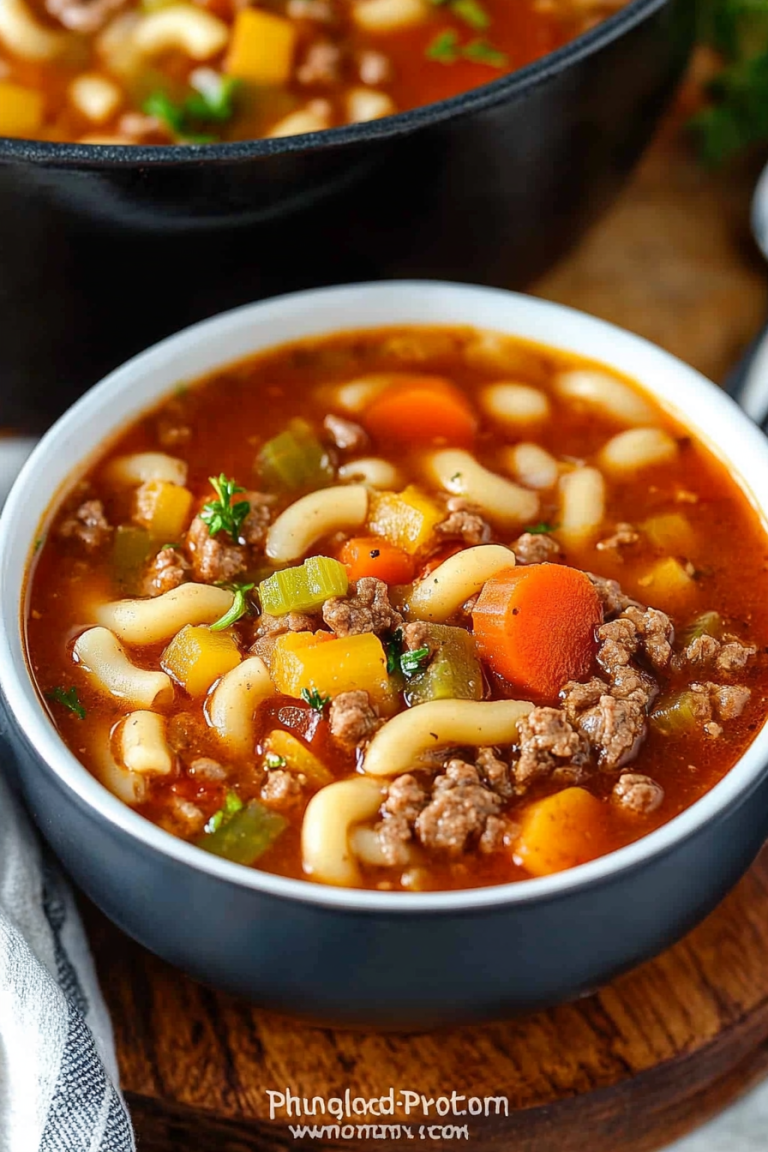Oh, friend, I’m so excited to share this with you today! This Chicken Saltimbocca recipe is an absolute gem in my kitchen. It’s one of those dishes that looks and tastes incredibly fancy, but honestly, it’s surprisingly straightforward to whip up. I remember the first time I made it, I was a bit intimidated by the name – “Saltimbocca” sounds so sophisticated, right? But my aunt, bless her heart, always said it’s just a fancy way of saying “jump in your mouth,” and that’s exactly what this dish does. It’s a flavor explosion! It’s my go-to when I want to impress guests without spending hours stressing, or even on a weeknight when I’m craving something truly special. Honestly, it’s a lifesaver when the dinner bell rings and I haven’t planned much. It’s a meal that feels like a hug on a plate, and it’s become a staple for my family dinners. I even find myself craving it when I haven’t made it for a while, kind of like how I miss my mom’s chocolate chip cookies.
What is chicken saltimbocca?
So, what exactly is this wonderful creation? Chicken Saltimbocca is an Italian dish that translates literally to “jumps in the mouth,” and trust me, it lives up to its name! At its heart, it’s a simple yet elegant preparation of chicken cutlets. We’re talking thin slices of chicken, layered with prosciutto (that wonderfully salty, cured ham) and fresh sage leaves. Then, it’s typically pan-fried until the chicken is golden and cooked through, and the prosciutto gets wonderfully crispy. The magic often happens in the sauce – usually a light, savory pan sauce made with white wine, butter, and sometimes a touch of chicken broth. Think of it as a delicious, flavor-packed parcel of goodness. It’s not heavy or complicated; it’s just pure, unadulterated deliciousness that comes together with a few key, high-quality ingredients. It’s one of those dishes that really highlights how simple, good food can be incredibly satisfying.
Why you’ll love this recipe?
There are so many reasons why I adore this Chicken Saltimbocca recipe, and I have a feeling you’re going to feel the same way. First and foremost, the flavor! It’s a symphony of savory, salty, and aromatic. The prosciutto brings this incredible depth of flavor that just can’t be replicated, and the fresh sage adds this earthy, slightly peppery note that cuts through the richness beautifully. When you get a bite with all three – chicken, prosciutto, and sage – it’s truly divine. And the sauce! Oh, that sauce. It’s so simple but elevates everything. It’s not cloying or heavy; it’s just the perfect light coating that ties all the flavors together. What I love most about this is its deceptive simplicity. It looks like something you’d order at a fancy Italian restaurant, but in reality, you can have this on the table in about 30-40 minutes. It’s a weeknight-friendly dish that feels like a special occasion. Plus, the ingredients are pretty budget-friendly, especially if you look for sales on chicken cutlets and prosciutto. I’ve also found it to be wonderfully versatile. While it’s traditionally served as a main course, I’ve sometimes sliced it thinly and added it to a hearty salad for a fantastic lunch. It’s also incredibly forgiving; even if you don’t get the prosciutto perfectly crisped, it’s still going to be delicious. It’s just one of those recipes that consistently delivers and makes you feel like a culinary rockstar without all the fuss. It’s definitely a winner for any occasion, from a cozy dinner for two to feeding a hungry family.
How do I make chicken saltimbocca?
Quick Overview
This Chicken Saltimbocca comes together in a flash! We’ll start by lightly pounding our chicken cutlets thin, then topping them with prosciutto and sage. A quick sear in a hot pan, a splash of white wine and broth for a simple pan sauce, and voilà! You have an elegant meal ready in under an hour. The key is to have everything prepped before you start cooking, so the process flows smoothly from one step to the next. It’s all about building flavor quickly and efficiently.
Ingredients
For the Chicken:
Four boneless, skinless Chicken Breasts, halved horizontally to create thin cutlets (about 4-6 ounces each)
8 thin slices of good quality prosciutto
16 fresh sage leaves, plus more for garnish if you like
Salt and freshly ground black pepper to taste
2 tablespoons all-purpose flour (optional, for a crispier crust)
2 tablespoons olive oil
2 tablespoons unsalted butter
For the Sauce:
1/2 cup dry white wine (like Pinot Grigio or Sauvignon Blanc)
1/2 cup low-sodium chicken broth
2 tablespoons unsalted butter
1 tablespoon fresh lemon juice (optional, for brightness)
Fresh parsley, chopped, for garnish
Step-by-Step Instructions
Step 1: Preheat & Prep Pan
First things first, let’s get our chicken prepped. Lay each chicken cutlet between two pieces of plastic wrap or parchment paper. Using the flat side of a meat mallet or even a rolling pin, gently pound the chicken to an even thickness of about 1/4 inch. This ensures they cook quickly and evenly. Season both sides generously with salt and pepper. If you like a slightly crispier crust, you can lightly dredge the cutlets in the flour at this stage, shaking off any excess. Now, grab a large skillet – I prefer a heavy-bottomed one like cast iron or stainless steel for even heating. Place it over medium-high heat.
Step 2: Mix Dry Ingredients
This step is super simple for this recipe! If you’re using flour for dredging, you’ll just place it in a shallow dish. Otherwise, this step is essentially just seasoning your chicken properly with salt and pepper. Make sure to season both sides; it really makes a difference in the final flavor. Don’t be shy with the pepper, either!
Step 3: Mix Wet Ingredients
The “wet ingredients” for the main cooking process involve the fats that will help our chicken get golden and delicious: olive oil and butter. We’ll add the olive oil to the skillet first, and then once it’s shimmering, we’ll add the butter. The butter adds such a lovely richness and helps create that beautiful golden-brown crust. For the sauce, the wet ingredients are the white wine and chicken broth. I always have these ready to go nearby, so I can pour them in without missing a beat once the chicken is cooked. The lemon juice, if you’re using it, is added right at the very end of the sauce-making process for a burst of freshness.
Step 4: Combine
Now for the fun part! Lay two slices of prosciutto on top of each pounded chicken cutlet, gently pressing them down. Then, place two fresh sage leaves on top of the prosciutto. You can secure the prosciutto and sage with a toothpick if you’re worried about them shifting, but usually, the heat of the pan and the stickiness of the prosciutto do the trick. The goal here is to have the prosciutto and sage neatly covering the chicken. This creates those amazing flavor layers as it cooks.
Step 5: Prepare Filling
In this particular recipe, there isn’t a separate “filling” to prepare in advance. The filling, in essence, is the prosciutto and sage that we’re layering directly onto the chicken. So, this step is already covered in Step 4! The key is to select good quality prosciutto – it really makes a difference. And fresh sage leaves are a must; dried sage just won’t give you that bright, aromatic quality.
Step 6: Layer & Swirl
We’ve already layered the prosciutto and sage onto the chicken in Step 4. Now, when it comes to the cooking process, we’ll be layering the chicken into the hot skillet. I usually place them prosciutto-side down first, so the prosciutto gets a chance to crisp up beautifully. Once the chicken is golden on one side and the prosciutto is starting to crisp, we’ll flip it to cook the other side. As for “swirling,” that comes into play when we make the sauce. After removing the chicken, we’ll deglaze the pan with white wine and broth, swirling them around to pick up all those delicious browned bits from the bottom of the pan. This is where all the flavor is!
Step 7: Bake
We’re actually pan-frying this Chicken Saltimbocca, not baking it in the oven. Once the skillet is hot with the olive oil and butter, carefully place the prepared chicken cutlets into the pan, prosciutto-side down. Be careful not to overcrowd the pan; cook in batches if necessary. Let them cook for about 3-4 minutes per side, until the chicken is golden brown and cooked through. You want the prosciutto to get slightly crispy and the sage leaves to be fragrant. If you’re using the flour dredge, it’ll help create a lovely golden crust. The exact timing can vary depending on the thickness of your cutlets, so always check for doneness. You can make a small cut into the thickest part to ensure there’s no pink inside.
Step 8: Cool & Glaze
Once the chicken is cooked, remove it from the skillet and set it aside on a plate. Don’t wipe out the skillet just yet – all those browned bits are pure gold for our sauce! Now, we’ll make the quick pan sauce. Pour the white wine into the hot skillet and scrape up any browned bits from the bottom with a wooden spoon. Let the wine bubble and reduce slightly for about a minute. Then, add the chicken broth and bring it to a simmer. Stir in the remaining 2 tablespoons of butter until melted and the sauce thickens slightly. If you’re using lemon juice, stir it in now. You can spoon this glorious sauce over the chicken while it rests, or serve it alongside. I usually let the chicken rest for just a minute or two before serving; this allows the juices to redistribute, making the chicken even more tender and moist.
Step 9: Slice & Serve
This Chicken Saltimbocca is best served immediately while it’s hot and the flavors are at their peak. You can serve the cutlets whole, drizzled with that delicious pan sauce. Or, if you prefer, you can slice each cutlet in half or into three pieces for easier eating, especially if you’re serving it as part of a larger meal. Garnish with some fresh chopped parsley and maybe a few extra fresh sage leaves for an added touch of elegance. The aroma alone will have everyone at the table eager to dig in!
What to Serve It With
This Chicken Saltimbocca is so versatile, it fits into so many mealtime scenarios. For a lovely breakfast, though it might sound unusual, imagine thin slices of this over some creamy polenta or even alongside some scrambled eggs with a side of crispy potatoes. The savory notes of the prosciutto and sage are surprisingly wonderful in the morning! For a more traditional brunch spread, this would be stunning. Serve it with a light arugula salad tossed with a lemon vinaigrette, some crusty bread to sop up that divine sauce, and perhaps a mimosa or a sparkling rosé. It feels very celebratory. As a dessert, well, it’s not a dessert itself, but it’s the perfect elegant main course for a multi-course Italian-inspired meal. After this, a light panna cotta or some fresh berries would be delightful. And for those cozy snack moments, or just a fantastic weeknight dinner, I love pairing it with simple sides. Creamy mashed potatoes are a classic for a reason – they’re perfect for soaking up the sauce. Or, keep it lighter with some steamed asparagus or roasted Brussels sprouts. Sometimes, I’ll even serve it with a simple side of pasta tossed with garlic and olive oil. My family always requests it with mashed potatoes; it’s become our comfort food tradition. I find that pairing it with something simple allows the star of the show – the Saltimbocca – to truly shine.
Top Tips for Perfecting Your Chicken Saltimbocca
Alright, let’s talk about getting this Chicken Saltimbocca absolutely perfect every single time. I’ve made this dish more times than I can count, and I’ve picked up a few tricks along the way. First, for the chicken prep: pounding it evenly to about 1/4 inch is crucial. If some parts are thicker than others, you’ll end up with uneven cooking – some parts dry, some parts undercooked. Don’t be afraid to really get in there with your mallet! For mixing, this recipe is pretty forgiving, but the key is not to overcook the chicken. Once it’s golden and cooked through, get it out of the pan. Overcooking is the quickest way to turn tender chicken into something tough. When it comes to the prosciutto and sage, fresh sage is really the way to go. Dried sage can be a bit overpowering. Make sure your sage leaves are dry before placing them on the chicken, so they don’t steam rather than crisp up. For ingredient swaps, if you can’t find prosciutto, thinly sliced good quality ham can work in a pinch, though it won’t have quite the same depth of flavor. For the wine, if you’re not keen on cooking with alcohol, you can substitute more chicken broth, but the wine really adds a lovely complexity to the sauce. Trust me on this one, even if you’re hesitant about the wine, it’s worth trying. Baking tips aren’t really applicable here since it’s pan-fried, but ensure your skillet is hot before adding the chicken. This is what gives you that beautiful sear. For the sauce, don’t skip scraping up those browned bits from the bottom of the pan – that’s where the incredible flavor is concentrated! If your sauce seems a little thin, you can let it simmer a bit longer to reduce and thicken. Or, for a slightly richer sauce, you can whisk in an extra knob of cold butter right at the end – that’s a classic French technique called “monter au beurre” that makes sauces extra silky.
Storing and Reheating Tips
This Chicken Saltimbocca is undeniably best enjoyed fresh off the pan, but life happens, and sometimes we have leftovers! If you find yourself with some, storing it properly is key to keeping it delicious. For storing at room temperature, I wouldn’t recommend leaving it out for more than two hours, as with any cooked chicken. For refrigerator storage, let the cooked chicken and any leftover sauce cool completely before packing them into an airtight container. It should stay fresh in the fridge for about 3 to 4 days. The quality will be best within the first 2-3 days. When it comes to freezing, I generally don’t recommend freezing this dish. The texture of the chicken and prosciutto can become a bit mushy after thawing, and the sage leaves can lose their vibrancy. However, if you must freeze it, wrap the cooled chicken and sauce tightly in plastic wrap, then in foil, and freeze for up to about 1 month. Thawing should be done in the refrigerator overnight. Reheating is best done gently. For the refrigerator leftovers, you can gently reheat the chicken in a skillet over low heat with a splash of chicken broth or water to rehydrate it, or even briefly in the microwave. Be careful not to overcook it again. If you froze it, thaw it first and then reheat as described for refrigerated leftovers. The glaze is best added right before serving, so if you have leftover sauce, store it separately. If you’re planning to eat leftovers the next day, I often just reheat the chicken and then pour fresh sauce over it to make it feel like a brand-new meal!
Frequently Asked Questions
Final Thoughts
So there you have it, my dear friend – the Chicken Saltimbocca recipe that has captured my heart (and my family’s taste buds!). It’s a dish that proves you don’t need a lot of complicated steps or fancy ingredients to create something truly memorable. The combination of savory prosciutto, aromatic sage, and tender chicken, all brought together by that simple yet magical pan sauce, is just *chef’s kiss*. It’s a recipe I come back to again and again because it’s reliable, impressive, and most importantly, incredibly delicious. It’s the kind of meal that makes you want to gather around the table and savor every bite. If you love this recipe, you might also enjoy my Lemon Herb Roasted Chicken or my Easy Chicken Piccata – they share that wonderful Italian-inspired vibe! I really hope you give this Chicken Saltimbocca a try. I can’t wait to hear what you think! Don’t hesitate to leave a comment below with your own tips or variations, and I’d love it if you shared your experience. Happy cooking, and more importantly, happy eating!
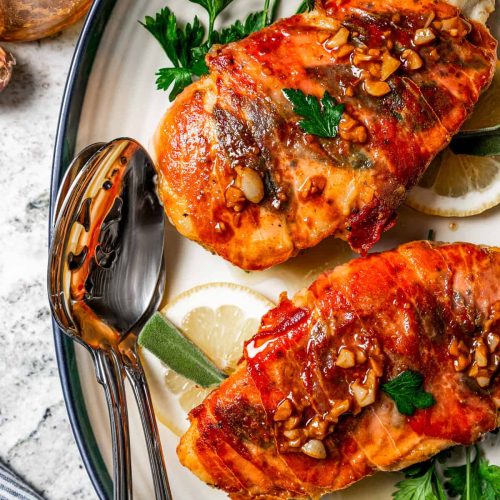
Chicken Saltimbocca Recipe
Ingredients
Main Ingredients
- 2 medium chicken breasts
- 1.5 teaspoons salt
- 0.5 teaspoons freshly ground black pepper
- 8 sage leaves
- 4 slices prosciutto
- 1 cup flour
Sauce Ingredients
- 3 tablespoons olive oil
- 4 tablespoons butter
- 2 cloves garlic minced
- 0.33 cup white wine
- 0.5 cup chicken stock
Instructions
Preparation Steps
- Pound the chicken. Place the chicken between 2 pieces of plastic wrap on a work surface. Use a meat mallet, a rolling pin, or something similar to pound each piece to an even thickness of about 1/3-inch.
- Prepare the chicken. Season the chicken breasts evenly on both sides with salt and pepper. Lay the chicken flat on a work surface and arrange 4 sage leaves flat over each piece. Place 2 pieces of prosciutto on top of the sage leaves over each piece of chicken. Press the prosciutto into the chicken.
- Dredge. Add the flour to a rimmed plate and dredge both sides of each piece of chicken lightly in the flour.
- Pan fry. Heat the olive oil over medium-high heat in a large, heavy-bottomed saucepan. Add the chicken, prosciutto-side down, and sear for 3 minutes. Flip and cook for an additional 3 minutes or until the chicken reaches an internal temperature of 165°F. Transfer the chicken to a plate and set aside.
- Make the sauce. Reduce the heat to medium and add the butter to the pan. Once the butter has melted, add the garlic and saute for 1 minute. Add the white wine and cook for 1 minute. Add the chicken stock and cook for 3-5 minutes or until the sauce has thickened.
- Put it all together. Pour the sauce over the chicken and serve warm.

